
cd_nom

| Author : J. David - Bretagne Vivante |
 |
To get the picture, please visit:
Jean David
Bretagne Vivante
email : inpn@mnhn.fr
Despite the Creative Commons license, please inform the author of the use which will be made of his photo
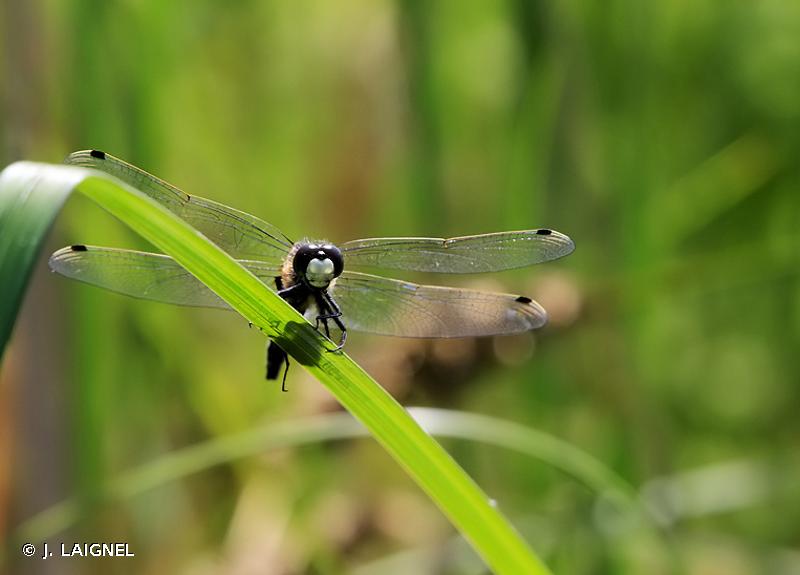
| Author : J. LAIGNEL |
 |
To get the picture, please visit:
Julien Laignel
Chargé de mission SNB - SPN/MNHN
4, avenue du Petit Château
91800 BRUNOY
Tel.: 06.10.68.23.36
Mail: julien.laignel@9online.fr
Despite the Creative Commons license, please inform the author of the use which will be made of his photo

| Author : S. Wroza |
 |
Despite the Creative Commons license, please inform the author of the use which will be made of his photo
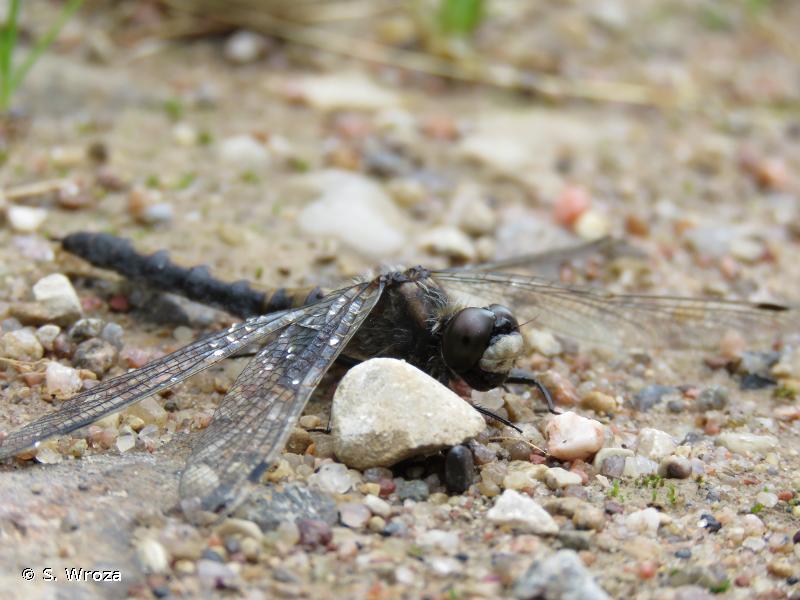
| Author : S. Wroza |
 |
Despite the Creative Commons license, please inform the author of the use which will be made of his photo

| Author : S. Wroza |
 |
Despite the Creative Commons license, please inform the author of the use which will be made of his photo
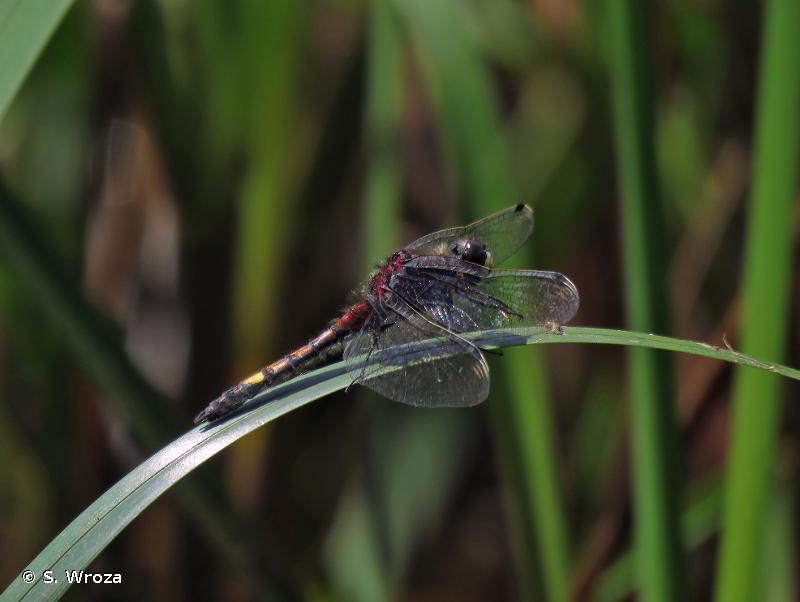
| Author : S. Wroza |
 |
Despite the Creative Commons license, please inform the author of the use which will be made of his photo
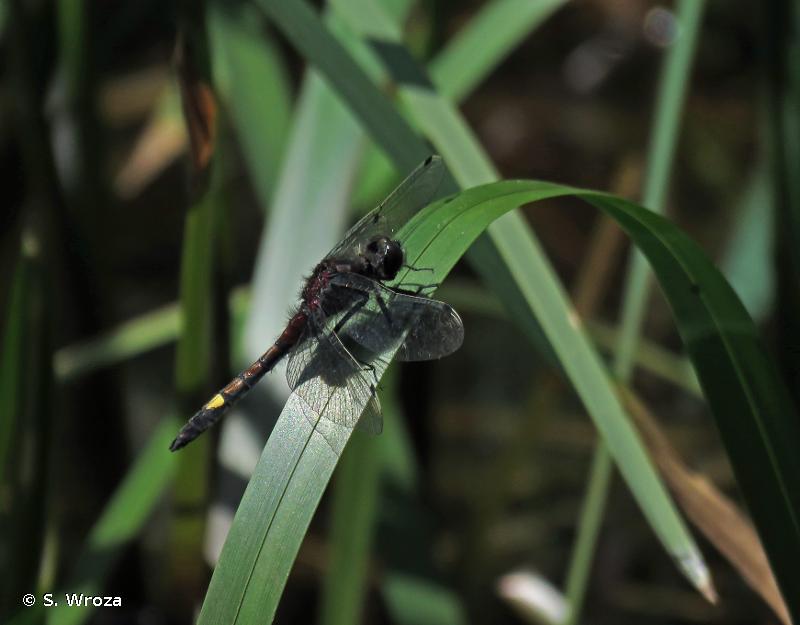
| Author : S. Wroza |
 |
Despite the Creative Commons license, please inform the author of the use which will be made of his photo
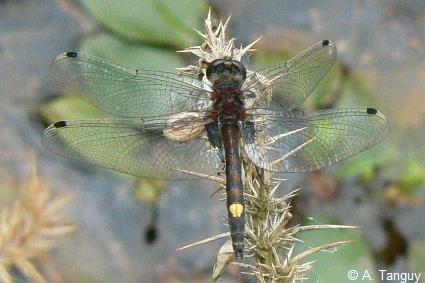
| Author : A. Tanguy |
 |
To get the picture, please visit:
Arnaud TANGUY
Muséum national d'Histoire naturelle - Service du Patrimoine Naturel
36 rue Geoffroy Saint-Hilaire
CP 41
75 231 PARIS CEDEX 05
e-mail : inpn@mnhn.fr
Any reuse of one or more photographs on this site is subject to an authorization request from the author.
Link to the Code of Intellectual Property (Legifrance)
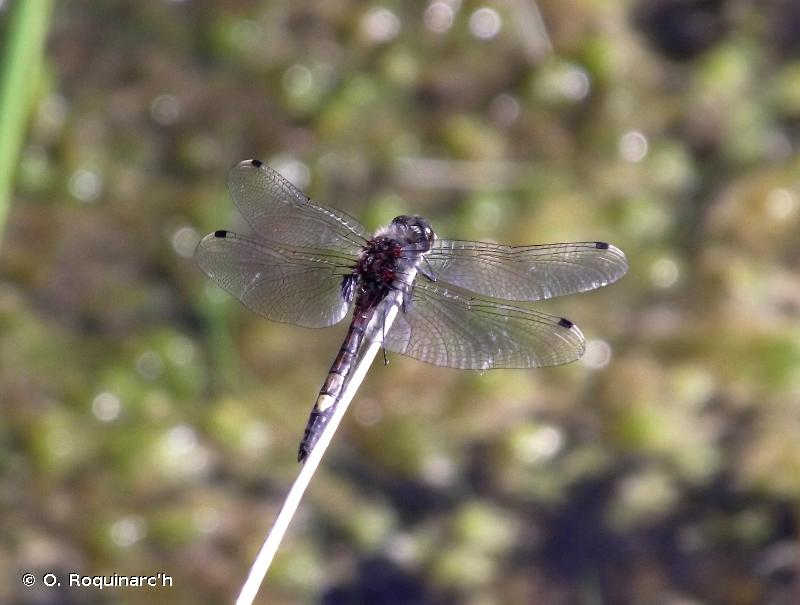
| Author : O. Roquinarc'h |
 |
To get the picture, please visit:
Océane ROQUINARC'H,
Muséum national d'Histoire naturelle,
Service du Patrimoine Naturel,
4 Avenue du Petit Château,
91800 BRUNOY
mail : oroquinarch@mnhn.fr
Legend: Imago mâle.
Despite the Creative Commons license, please inform the author of the use which will be made of his photo
La plus grande des leucorrhines des zones de plaine et des secteurs eutrophes se reconnait facilement à la tache jaune vif sur le septième segment chez les mâles et la plupart des femelles.
Une confusion est néanmoins possible avec L. rubicunda en ce qui concerne les femelles.
De l'ouest et du nord de l'Europe à la Sibérie occidentale et à l'Asie Mineure, l'espèce est en régression dans de nombreux pays par destruction ou comblement naturel de ses biotopes. Espèce généralement peu commune, les populations sont habituellement petites et localisées. Quelques populations importantes existent dans le centre et l'est de la France.
Elle vit dans des eaux souvent moins acides et moins riches en nutriments que L. rubicundaet L. dubia.On la retrouve sur des bordures de marais, lacs forestiers, bas marais, bras morts et même rivières à cours lent et canaux.
Les adultes volent de début mai à début août avec un pic entre mai et juin. Dès que le temps se couvre, les imagos s'abritent dans les arbres.
Par temps ensoleillé, les mâles patrouillent souvent parmi les hélophytes, se perchant sur des tiges basses ou des supports horizontaux.
[D'après Dijkstra K.-D.B., 2007. Guide des Libellules de France et d'Europe. Delachaux et Niestlé SA, Paris, 320 pages.
Grand D., Boudot J.-P., 2006. Les Libellules de France, Belgique et Luxembourg . Biotope, Mèze, (Colection Parthénope), 480 pages.]
Braud J.(),2014
Continental
Metropolitan France
Overseas
Marine
Metropolitan France
Overseas
The map presents a summary at the 10 x 10 km grid of the observation data for the species transmitted to the SINP. These data have been subjected to validation filters.
The map presents a reference distribution layer of the species at the scale of departments and marine sectors. The presence and absence data were established by expertise within a network of partners. This reference distribution is used in the validation process of the SINP data at the INPN level.
Corresponds to a report on the basis of at least one observation proved within a period of 10 years (20 years for little-known invertebrates) preceding the year and no presumption of extinction since obtaining the last data nor doubt on reproductive and implemented nature of this population. For migratory species, the presence indicated concerns areas of reproduction.
This status is based on one or more of the following criteria:
This point covers the absence, more difficult by nature to demonstrate than presence. This status is based on one or more of the following criteria:
This status must be assigned to a department in which the presence of the species is casual.
Particular case of absence due to a proven extinction less than a half century ago (older disappearances are treated as "no probable or definite").
In the state of knowledge, we can not comment on the presence or absence in the current department. This is the default status when not comprised in one of the previous categories or whenever there is doubt.
The map shows the global distribution of the species based on GBIF data (Global Biodiversity Information Facility).
